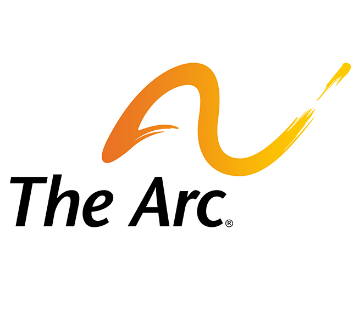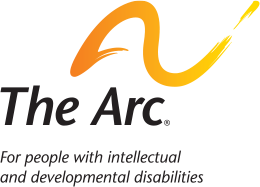By Richard Fitzmaurice, Director of Community Relations at The Arc of Alameda County
It was loud. It was smelly. It was crowded. It was the thrill of a lifetime!
Eleven of The Arc of Alameda County’s 600 clients traveled some 100 miles south to California’s central coast for the Monterey edition of the Pirelli World Challenge motor race.
It was not the typical community-based excursion.
Carrying personal belongings in backpacks specially designed for The Arc of Alameda County, the group entered Laguna Seca raceway and was immediately dazzled by the sights, sounds, colors and cars. Of particular interest was the white Audi TT RS with The Arc’s logo on the hood sandwiched between the Revo technik and Pirelli logos.
Representing The Arc of Alameda County was: Peter Parkins, Angel Peregrina, Dania Leyva, Peter Roe, David Robinson, Laimone Williams, Nelvin Goree, Annick Woodall, Dominic Lerona, Kenneth Lee and Terry Newman.
Staff members included Mark Caleira, Jr., Ed Segovia and Juan Ramirez. They were assisted by Joann Scruggs and Raymond Gaddis.
The Arc crew was immediately ushered not to the usual grandstand seats but straight to the pit where they served as honorary members of the ISTOOK’s Motorsports pit crew. After enjoying a homemade bag lunch and helping wax the car, driver Don Istook and his wife Laurie offered insights into the world of racing.
“He told us about the car – showed us how everything works,” said David Robinson, a client at the vocational development center in San Leandro.
It was personal experience involving family members with intellectual and developmental disabilities that led Don and Laurie Istook, owners of ISTOOK’s Motorsports, to form a partnership with The Arc and create the Arc Audi Racing Program. It was that focus on the abilities – not disabilities – of the people we serve that made the Istooks comfortable giving The Arc of Alameda group total access to the pit. Clients even got to check out the other cars.
“I got to meet other drivers,” said Angel Peregrina also of San Leandro. “Don was nice and super helpful.”
“Everyone was great,” commented Community Service Manager, Mark Caldeira. “Even crew members not affiliated with ISTOOK’S Motorsports took time to explain what they were doing and why they were doing it. It could not have been a better experience for our clients,” he said.
As race time approached, the Arc crew was invited to participate in “the walk to the grid.” Don, who also has The Arc logo on his race suit, climbed into the Audi and fired up the 2.5L turbocharged engine and began creeping toward the gate leading to the track. The Arc crew walked along side.
“It was loud but it was good,” said Peregrina.
When the race started, clients were in their seats and gave Don a huge cheer on every lap as he passed by.
Monterey was the third stop on the Pirelli World Challenge seven-race circuit. At each venue, the Istooks invite local chapters of The Arc to attend. They even invited the Alameda County group to return to Laguna Seca next year.
“We’re going. We’re definitely going!” Peregrina said with a huge smile.








